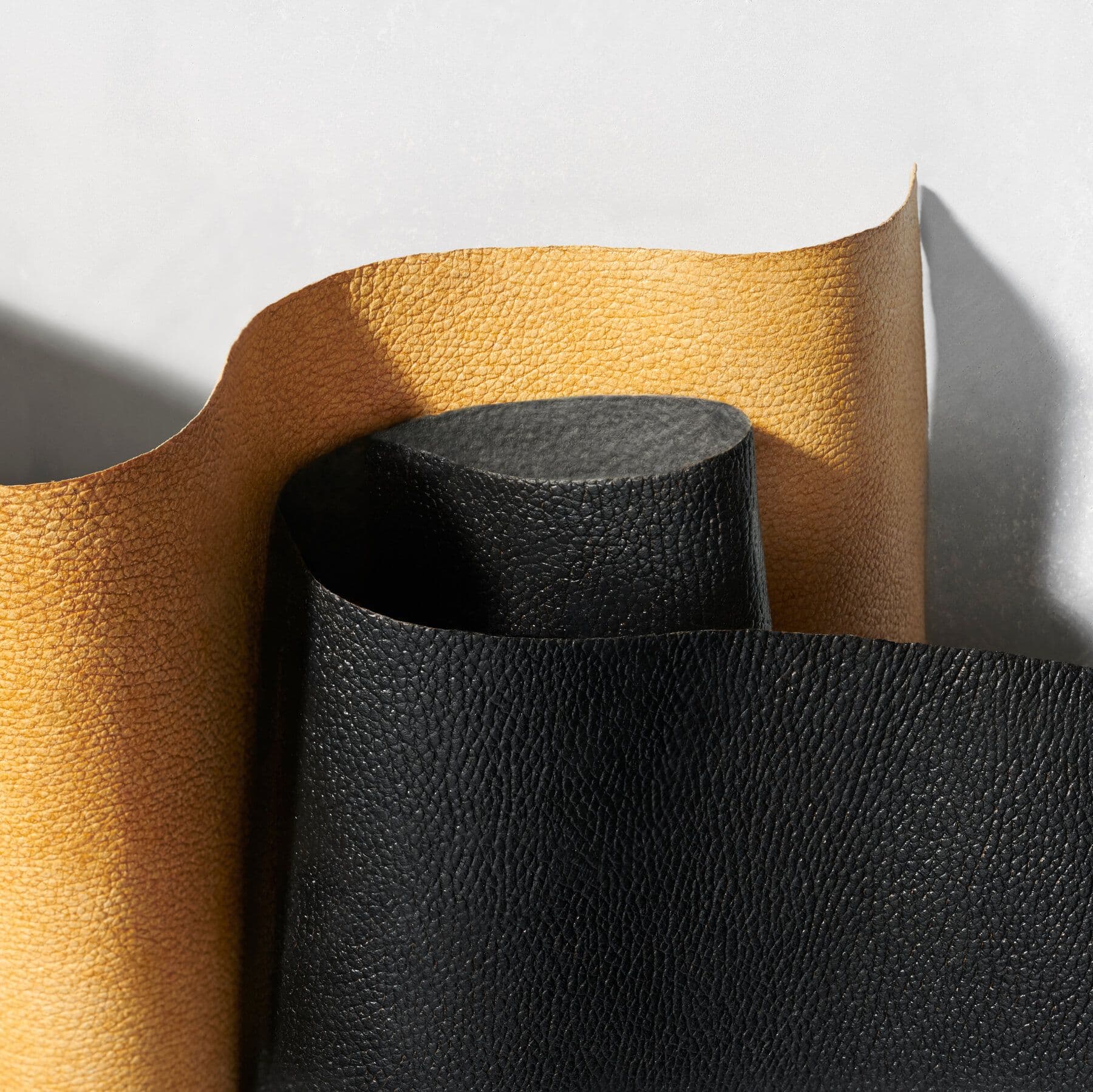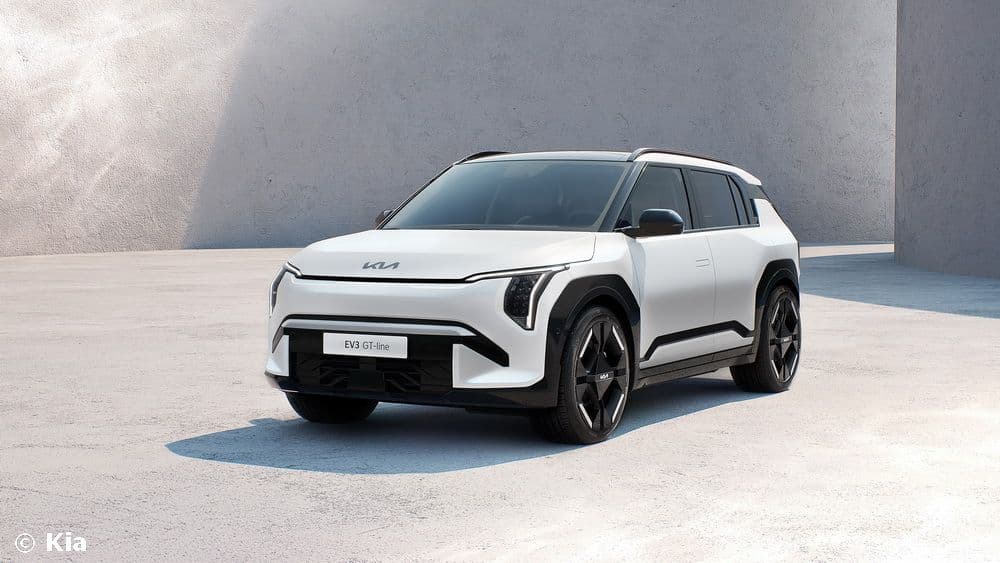You’ve built an impressive career across major automotive brands like Porsche, Volkswagen, NIO, and now Kia. What initially drew you to CMF design, and how has your design philosophy evolved through these diverse experiences?
I studied textile techniques and worked in a textile factory when I was very young. I was mesmerized by all the possibilities, the colors, and the innovations happening in that sector.
This led me to the start of my career in the automotive industry as a CMF Designer. I clearly remember when I first entered a studio and saw all the models, textiles, garnishes, and color samples—it was beautiful and full of life somehow.
Little did I know back then the impact all these elements could have not only on a car but also on a brand's identity. I had worked with sustainable materials before but didn’t have a holistic perspective on them.
After all these years, working in different countries with people from all over the world, I now realize why colors and materials are so important to human beings.
Everything we see and touch involves CMF Design. The way you create, plan, and execute will determine the brand you want to be. It will define the level of connection you establish with your consumers.
As a designer, the more I learned about sustainability, the more I felt responsible for what we design. We use natural resources, and therefore, we need to be conscious and respectful of what we receive from nature. We should aim to give back in the same way that we receive.

Having worked in Europe, Brazil, and now Asia, how have different cultural and market perspectives influenced your approach to CMF design? Are there any unexpected insights you’ve gained from designing for such diverse audiences?
Absolutely! I feel privileged to have the chance to experience all these different cultures and ways of thinking. It opens your mind and gives you the opportunity to learn from the environment you are in and the people surrounding you.
Culture is always evolving, and when you move abroad, you observe it in a different way. I especially love doing this—having the feeling that if you understand the past and the present, you can contribute to a better future.
Kia is actively exploring bio-fabrication, aiming to "grow" materials like mycelium for use in vehicle interiors, as demonstrated in the Concept EV3's console table. What excites you most about this shift towards bio-fabrication, and what challenges do you foresee in making these materials viable for mass production?
I've been working in this industry for 20 years, and we are finally seeing CMF Design receive the attention it deserves. This recognition is driving a material revolution that is happening right now. With increased investment and effort in innovation, the value added to products is incredible.
In my view, biomimicry is no longer just a dream—it is possible, and it is happening. As you saw in the EV3 concept, we managed to grow a mycelium part—how cool is that?
We are upscaling recycled and plant-based materials, which means that inside our dashboard, we have sugarcane; inside our leather replacement, we have corn extract. It’s a dream come true, and I can only hope that we all keep pushing forward.
The biggest challenge in our industry is durability. Safety and quality are top priorities, as we deal with long-lasting products. Therefore, we test everything in detail—we check resistance, light exposure, touch, and feel. It must be perfect before going into our final products, and that takes time.
Nowadays, I’m very happy to see how efficient Kia is in all these studies. We have amazing partners inside and outside the company working tirelessly to make this beautiful future possible.

The Concept EV3 and EV4 feature materials such as bioplastics derived from biomass and Bio Polyurethane (PU) as alternatives to traditional leather. How does Kia’s CMF team evaluate and select materials that balance sustainability, durability, and luxury?
We never compromise on quality. Testing standards will never be lowered, and the final quality perception must meet our high expectations.
At Kia, we are fortunate to have several teams collaborating on this: Sustainability Materials Engineering, Carbon Neutrality, and ESG teams. We exchange a lot on a daily basis to accelerate development while never skipping any phase.
We have even elevated our standards recently to achieve an even higher level that should be perceived by our customers. More than that, we believe in innovation. All the new technologies are shaping a new aesthetic and redefining the way we create premium materials.
I believe the automotive industry plays a crucial role in advanced research, as we have a larger R&D structure and supply chain compared to the fashion and furniture industries. With higher investments and more manpower, we have the ability to lead the way.

Kia’s design teams span across the USA, Germany, China, and India. How does this global network influence material and color decisions? Can you share an example of a project where regional insights significantly shaped the CMF strategy?
They don’t just influence; they are part of it. All studios are involved and collaborate on projects meant for their respective markets. They conduct research, analyze consumer profiles, identify color trends, and prepare assertive CMF Design proposals.
I find it fundamental to approach it this way. We are a global company, and we need both holistic insight and local awareness. We observe and exchange ideas about what we call "Global Movements." We look at what people do, their lifestyles, and their aspirations for the future in different regions. Even with globalization, it's amazing to hear the varied responses.
Local communities are strong and unique; we need to respect that and embrace their input.
An example is the lively and bold colors the Chinese market has embraced lately. There are no limits. The Chinese consumer is brave and wants to be unique. We've incorporated this input into our proposals and decisions.

With Kia's commitment to electric vehicles and purpose-built vehicles, how is CMF design evolving to align with new mobility needs? Are there specific material trends that you believe will define the next generation of Kia interiors?
Electric vehicles have taken the discussion about sustainability to the next level. People have become not only aware of the need but also demand more and more sustainable solutions.
On top of that, in our journey to develop purpose-built vehicles, we have been learning a lot about specific needs. From a grain that must resist intense usage to a floor material that should be washable, we study the day-to-day functions that our interiors need to incorporate.
The way people use their cars is also changing. With traffic jams, charging times, and new lifestyle habits like camping and off-road adventures, we take all of it into consideration to find the right colors and materials in a beautiful and purposeful way.

What emerging technologies or trends do you believe will most dramatically transform CMF design in the next 5-10 years?
The study of mono-materials or design for dismantling can support our efforts to upscale recyclability. The idea of growing materials, such as mycelium and protein-based ones, is also part of this.
Lightweight fibers are another powerful tool that allows us to redefine our designs. The B-Comp fibers we used in the EV3 and EV4 concepts are examples of this. They are elegant, lightweight, and make a neat and functional design possible.

If you could create a CMF concept without any constraints—whether in material science, technology, or sustainability—what would it look like?
100% plant-based. Plants represent 80% of the world’s biomass. The more we have them, the better we live. If we learn how to cultivate, use, and regenerate them, we can still have hope for a brilliant future.









